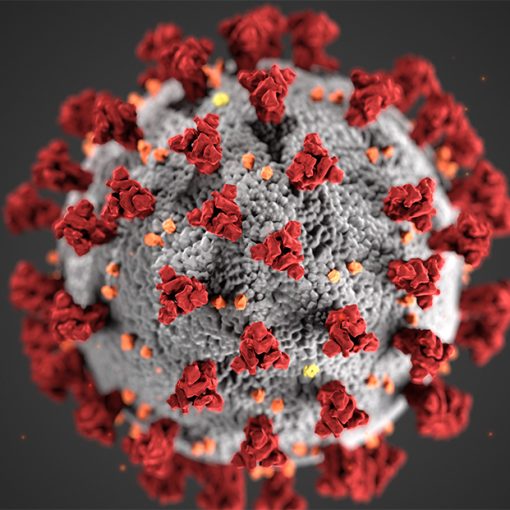By Kamryn Stafford, Summer Intern with the Research Translation Core
This summer I had the opportunity to work with the Research Translation Core at the Duke Superfund Research Center. The work I did involved determining the best ways to disseminate the center’s research about eating fish from the Cape Fear River safely. Communities in Eastern North Carolina are prone to exposure to harmful toxins; those who fish out of the Cape Fear River are more likely to be exposed to toxins. These toxins can cause long-term life consequences. The goal of the Research Translation Core is to spread this information in order to limit exposure to toxins in subsistence fishing communities. To begin my summer, I researched ways to best promote the fish consumption social media toolkit. This social media toolkit was designed to be used to communicate information that could otherwise be less accessible to those who consume fish. The toolkit is a PDF guide which includes suggested texts and hashtags for different posts on various social media platforms. It suggests which graphics should go with each post. Campaign messages are the main focus of the toolkit including eating fish safely.

The primary campaign run by the RTC and the CEC (Community Engagement Core) related to fish consumption is called “Stop, Check, Enjoy!” The Stop, Check, Enjoy! campaign helps people to eat safer fish out of the Cape Fear River. Stop means stop and avoid fish in high mercury, especially those who are pregnant and children under 15. Check means check advisories about river contamination, and enjoy means enjoy the fish once the chance of exposure to contaminants has been lowered through measures such as filleting. Working on this campaign this summer has allowed me to become more knowledgeable about the risk of eating fish in Eastern North Carolina. I have learned that the fish can be contaminated with mercury and that filleting a fish could be a better way to enjoy the fish because doing so lowers the risk of exposure. Filleting a fish reduces health risks because the contaminants are stored in the fat of the fish and by removing the fatty portions, the risk is reduced. Towards the end of my summer internship, I created a list of partner organizations that could help spread the Stop, Check, Enjoy! Campaign. Partner organizations include those related to the Cape Fear River, subsistence fish consumers, and food insecure populations. This list keeps the organizations organized, which will help the Research Translation Core quickly identify who they can reach out to in order to help spread the campaign. The list includes the organization’s name, their contact person, and their network (e.g. social media or magazine). Overall, I am very thankful to have had the opportunity to work and learn from those in the Research Translation Core. I was able to use Wordpress and attend meetings where I listened and learned how to disseminate research to the public. This experience will stay with me throughout the rest of my professional career.





